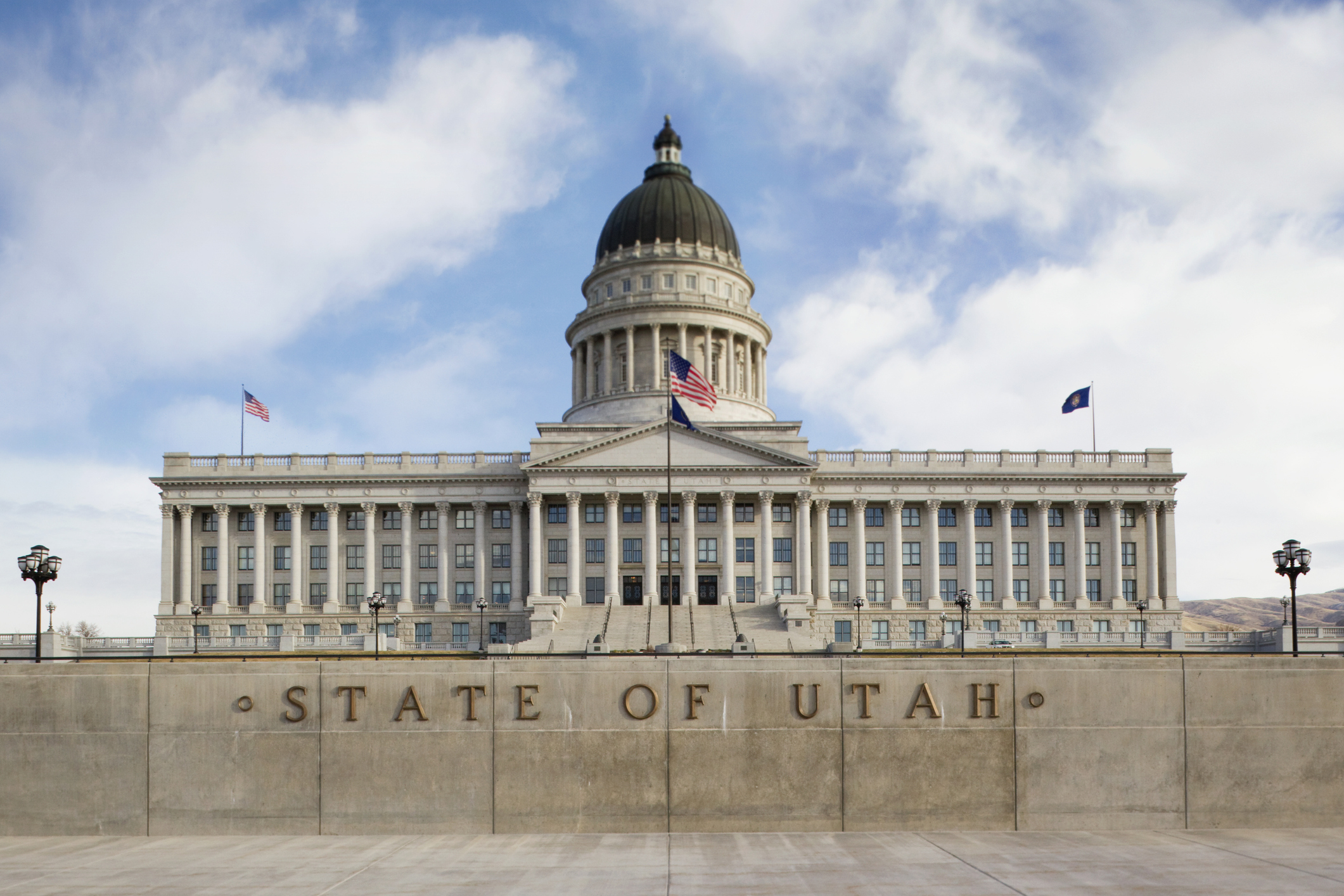What does this mean under a Biden presidency?
This is a follow-up to “The Future of the CFPB Is at Stake,” published in the Q2 2020 issue of Private Lender.
On June 29, 2020, the Supreme Court of the United States handed down its highly anticipated decision in Seila Law vs. Consumer Financial Protection Bureau. This case, brought by a consumer debt relief services firm (Seila Law), hinged on whether the president of the U. S. has the power to fire the director of the Consumer Financial Protection Bureau (CFPB) without cause.
Title X of the Dodd-Frank Act allowed for a single director of the CFPB appointed by the president for a five-year term but not removable by the president, except for-cause. In a 5-4 majority opinion written by Chief Justice John Roberts, the Supreme Court held that “the CFPB’s leadership by a single individual removable only for inefficiency, neglect, or malfeasance violates the separation of powers.”
The Court’s Reasoning
As we predicted, the Court focused its analysis of the merits of this case under the president’s Article II, Section 3 power to “take care that the laws be faithfully executed.” The Court referred to the legal issue in this case as a “new situation.” For several reasons, the Court was not persuaded to uphold Title X’s for-cause removal provision.
The Court reasoned that the lack of historical precedent signals a “severe constitutional problem.” According to the Court, only a handful of incidents support removal only for good cause for high-level government officers. All the examples are modern and contested and do not involve regulatory or enforcement authority comparable to the director of the CFPB.
The single CFPB director structure itself was incompatible with constitutional structure according to the Court, because it did not divide power. This by itself is not problematic for certain executive functions since the president is accountable to the people who can vote him or her into or out of office. But the CFPB’s single director structure was “accountable to no one.” Furthermore, the fact that funding for the CFPB comes from the Federal Reserve and not the annual budget signed by the president means the president has no power to influence the CFPB through its funding.
In sum, a lack of historical precedent and a failure of the Dodd-Frank Act to check the director’s power led the Court to rule the for-cause removal provision unconstitutional pursuant to the president’s power under Article II, Section 3.
The Court’s Remedy
Seeking to avoid the consequences of a 2017 CFPB enforcement action against it, Seila Law argued that if the for-cause removal provision was unconstitutional, then the entirety of the CFPB should be ruled unconstitutional. The Court unanimously rejected this argument. Instead the Court chose the much less disruptive remedy of simply severing the for-cause provision, just as we predicted.
In reaching this decision, the Court reasoned: “As the Solicitor General and House of Representatives explain, [eliminating the CFPB entirely] would trigger a major regulatory disruption and would leave appreciable damages to Congress’s work in the consumer-finance arena.… We try to limit the solution to the problem, severing any problematic portions while leaving the remainder intact.”
Rather than use a “bulldozer,” to remedy the constitutional defect, the Court chose to use a “scalpel.”
Implications for Private Lending
The stark differences in how the CFPB has been run under a director appointed by President Obama versus how it has been run by directors appointed by President Trump gives us some insight into the effect of this decision.
During the tenure of Obama-appointed Director Richard Cordray, the CFPB collected an average of $59.6 million in consumer restitution per case of illegal consumer financial practice. But after his departure and Trump’s appointments of Mick Mulvaney and Kathy Kraninger, the CFPB collected an average of $2.4 million in restitution per case, a 96% decline.
The contrast between the actions of Obama appointed Director Richard Cordray and Trump Directors Mick Mulvaney and Kathy Kraninger highlight how the Court’s decision in this case gives the president the power to implement more borrower-friendly or lender-friendly policies depending upon whom he appoints.
A Biden-Appointed Director
We expect president-elect Biden to use the power granted to him by the Court, in this case to nominate a new CFPB director. Some likely contenders are former CFPB Director Richard Cordray; U.S. Representative Katie Porter, a protégé of CFPB founder Elizabeth Warren; Rohit Chopra, formerly assistant director at the CFPB and currently member of the Federal Trade Commission; and Manny Alvarez, commissioner of the California Department of Business Oversight.
Editor’s Note: As of January 18, 2021, according to a statement from Biden’s transition team, Biden will nominate Rohit Chopra to head the Consumer Financial Protection Bureau.
Whoever gets the nomination for CFPB director, we expect more aggressive enforcement under Biden than Trump. Already president-elect Biden has put together a team of advisers to assist in his review of federal agencies.
The team includes fierce advocates for Wall Street regulation, including Michael Barr, who was a senior Treasury Department official during the Obama administration during the passage of the Dodd-Frank regulation law in 2010, and Leandra English, whom Trump ousted from the Consumer Financial Protection Bureau during a messy power struggle several years ago. One obstacle to Biden’s nominee is the Republican-controlled Senate, which could block approval of a more controversial candidate.
But perhaps lender anxiety over a Biden-nominated CFPB director is somewhat exaggerated. CFPB enforcement investigations have declined over the last several years, suggesting few investigations wait in the pipeline. Furthermore, even under President Trump, the CFPB expanded the scope of its enforcement powers. For example, a 2018 amendment to the Home Mortgage Disclosure Act (HMDA), enforced by the CFPB, now requires certain private lenders making business-purpose loans “secured by a lien on a dwelling” to comply with HMDA’s annual reporting requirement. Going forward, one thing we can predict is that the CFPB will be laser-focused on COVID-related servicing issues, at least in the near term.
No matter what the CFPB focuses on or who runs it during the Biden administration, the private lending industry should continue to make every effort to stay current on lending regulations and maintain compliance with the law.











Leave A Comment